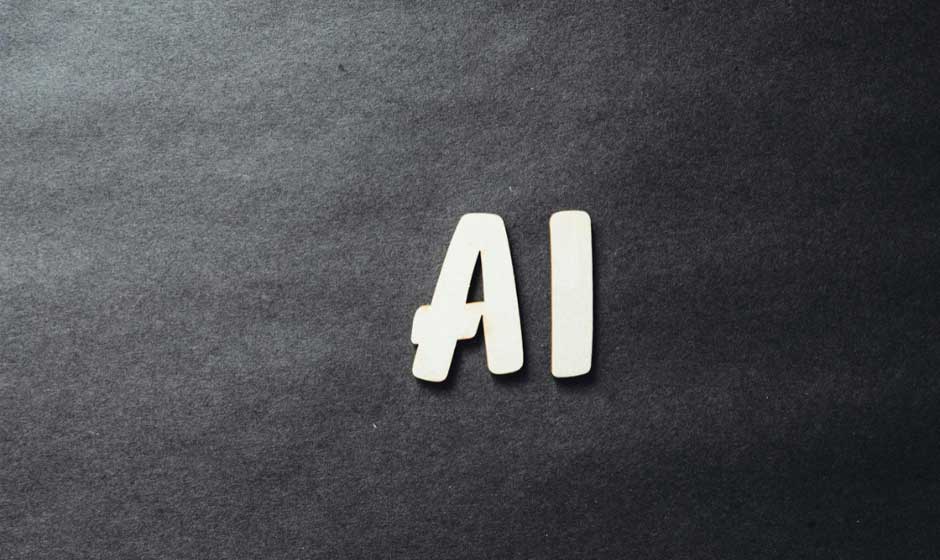Artificial intelligence (AI) is everywhere these days, and much to the chagrin of educators, AI has made its debut at school. However, AI has advantages in education beyond helping lazy students cheat on their assignments; when used responsibly by teachers, AI could be one of the most valuable classroom tools of all time.
While many educators focus on the dangers of AI, there are definite advantages to implementing this revolutionary tech in classroom environments — if only teachers understood how. Teachers can take steps toward leveraging the power of AI for good by absorbing the following information and implementing new AI-driven strategies in their classrooms.
Shifting the Teaching Role Toward Tech
As the digital age advances, teachers are transforming. Teachers no longer merely facilitate the absorption of knowledge; teachers are increasingly vital in coaching students in the skills they will need to navigate a tech-filled world. By integrating advanced technology into their teaching practices, educators create an environment where tech is used practically and productively so students recognize that technology is a versatile tool.
Of course, before teachers can create a functional, tech-rich environment, they must become familiar with AI and other advanced technologies. Educators should start preparing for AI in the classroom by taking courses online or at local colleges to better understand how to implement AI effectively. The more time teachers spend exploring AI and related technologies, the more applications they will discover for the tech within their classrooms. Some of the most popular uses for AI in schools at present include:
- Creating personalized lesson plans for individual learners;
- Automating the grading process for faster, more accurate feedback;
- Optimizing allocation of limited school resources for greatest impact;
- Communicating with parents about student activity.
In addition to educating students, AI can play a role in security at school. AI-equipped cameras are more accurate, can detect license plates, and work in low-light conditions. Predictive analytics can also draw insights from security data.
Building Ethical Awareness and Critical AI Literacy
Critical to any AI education — for teachers and students — is the awareness of risk. Many argue that AI is dangerous on the internet. These systems are far from perfect, either in the way they function or the results they produce. To use AI responsibly in classrooms, teachers must comprehend the risks and take reasonable measures to prevent harm.
Arguably, the most pressing concern in the application of AI is data privacy. Artificial intelligence is notoriously ravenous for data; to function effectively, AI tools must be fed huge quantities of data, and within education, that data often comprises sensitive information, such as student names, ages, locations, academic achievement, and more. Unfortunately, without strict safeguards to keep all that data secure, AI systems could easily expose sensitive information to cybercrime, which could have lifelong consequences for students.
Already, there are some regulations in place designed to protect children’s data. In the U.S., the Family Educational Rights and Privacy Act (FERPA) limits who can access an individual’s education records, and the Children’s Online Privacy Protection Act (COPPA) requires parental consent before anyone can collect personal information from children. Teachers should become familiar with the rules of these regulations before collecting and integrating data into AI tools. They must also work to ensure that all implemented AI tools are properly secure, both at the application level and with broader cybersecurity measures across school and home networks.
Additionally, as a tool created by humans, AI tends to display human biases, which can negatively impact certain students. Various types of bias can compromise AI systems, such as selection bias involving an unrepresentative data sample for training or algorithmic bias caused by programmers unfairly weighing certain factors in decision-making. Regrettably, almost all AI biases disadvantage groups that are already marginalized, such as women and BIPOC.
Addressing these biases is not only a technical challenge but also necessary for ethical AI. Developers and educators must prioritize fairness and inclusivity, ensuring AI systems are designed and monitored with transparency and accountability to prevent perpetuating systemic inequities.
Evaluating AI Tools in Education
Equipped with education about AI, educators will be more adept at determining how to safely and responsibly deploy AI solutions in the classroom. Still, it might be advantageous for schools to equip teachers with checklists for evaluating AI tools, which could include:
- Data privacy and security;
- Algorithm transparency;
- Human oversight;
- Regulatory compliance;
- Fairness;
- Adaptability.
As more AI platforms develop, always make sure to evaluate their educational uses. The possibilities are limitless when it comes to AI in the classroom.
Considering the wide range of potential outcomes in using AI in the education environment, educators need to proceed with implementing this technology with the utmost care. However, because AI promises to be an immensely important tool for the future, teachers and students stand to benefit from AI’s responsible use in the classroom.
